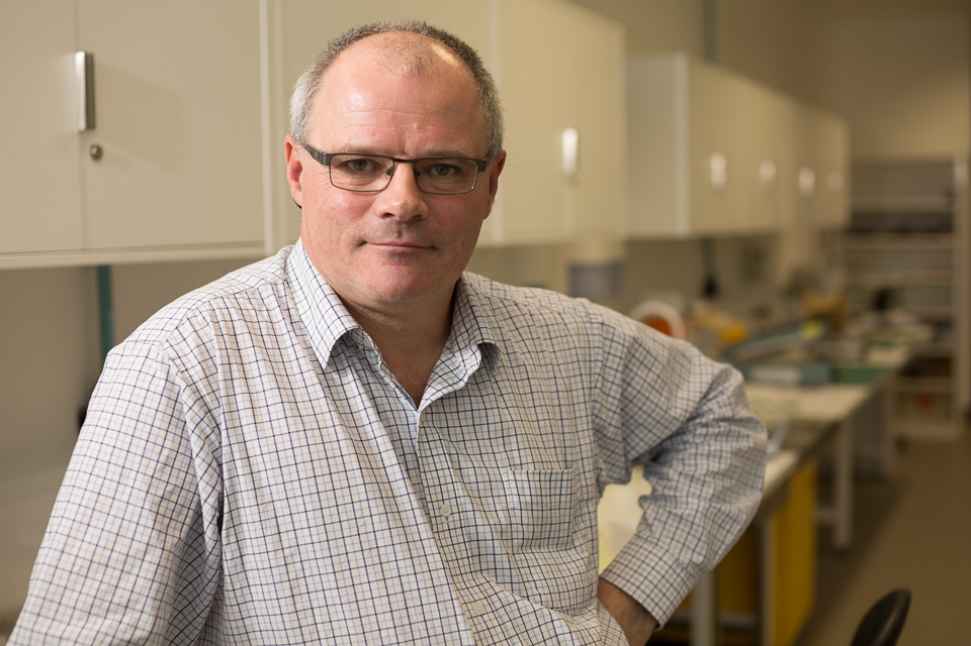Man of measure
When Professor John Arkwright was approached by the Women’s and Children’s Hospital to find a way of detecting swallowing disorders in new-borns, it set him off on an entirely new path. He pulled together some of his existing ideas on uses for fibre optics, coming up with not only the initial medical device, but also tools with an array of other uses.
Being able to detect swallowing disorders quickly led to monitoring in other regions of the gut, such as the colon and small bowel, and, together with colleagues from Flinders Medical Centre, he has been able to provide a never before possible understanding of the inner workings of the human gastrointestinal tract. Thus, the fibre optic catheter was born.
Arkwright’s original optic fibre catheter design was just the beginning of the expansion in application for the optic fibres in his lab, which is where his work on water pipes began.
“In our new pipe sensors, we take the same technology as we use for catheters and adapt it to fibres that can run for kilometres within water pipes, measuring the condition that the pipes are in and things like pressure and sound in order to detect areas where there might be a leak or potential issue,” Professor Arkwright said.
“While I never thought I would be working on the human gut or water pipes when I studied optics all those years ago at university, it’s great to see the range of applications is continuing to grow and is promising to help improve lives across the world."









